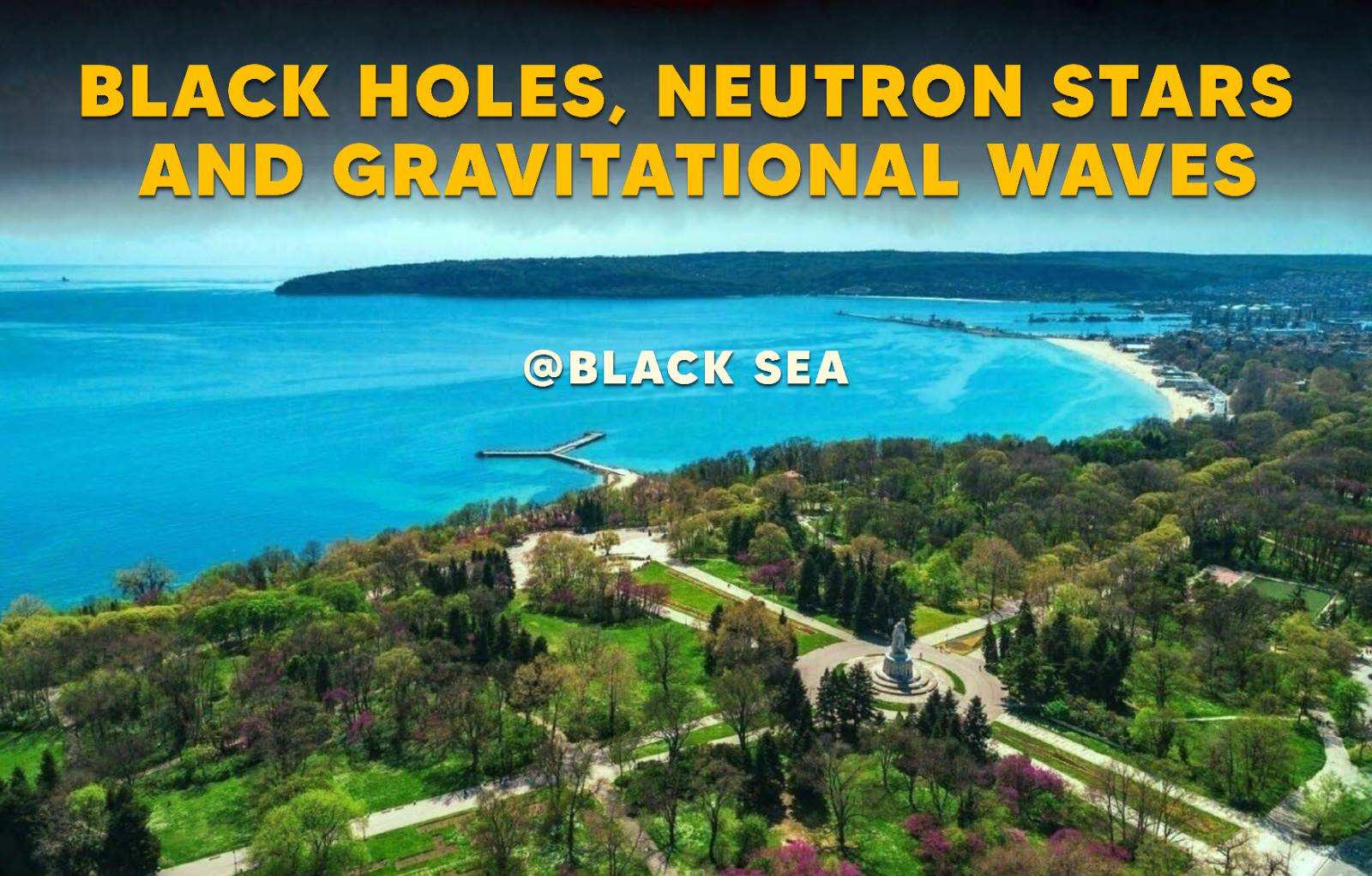Speaker
Description
The dynamical interactions of compact objects in N-body clusters are of great interest for understanding the formation of black holes (BHs) in the upper mass gap, as well as intermediate and supermassive BHs. These systems are potential sources of gravitational waves (GWs) detectable by both current and future observatories. We present, for the first time, a fully general relativistic evolution of a small, collisional N-body BH cluster with arbitrary total mass M. The bound cluster is initially compact, stable, and composed of 25 equal-mass, non-spinning BHs. Unlike previous Newtonian and post-Newtonian N-body simulations, no "subgrid physics" is required to handle collisions and mergers. In full general relativity, we confirm several predictions from these earlier simulations and analytic estimates: the runaway growth of a large BH through repeated mergers; spindown of the central BH with successive captures; ejection of a BH with high asymptotic velocity following a multi-body interaction; and a regime where mergers occur primarily via direct collisions on highly eccentric orbits rather than through quasicircular inspirals. We extract the GW signal and identify several distinct features characteristic of the compact cluster regime. Our results suggest that the signal is sufficiently strong for next-generation observatories to detect similar events across much of the observable universe.

